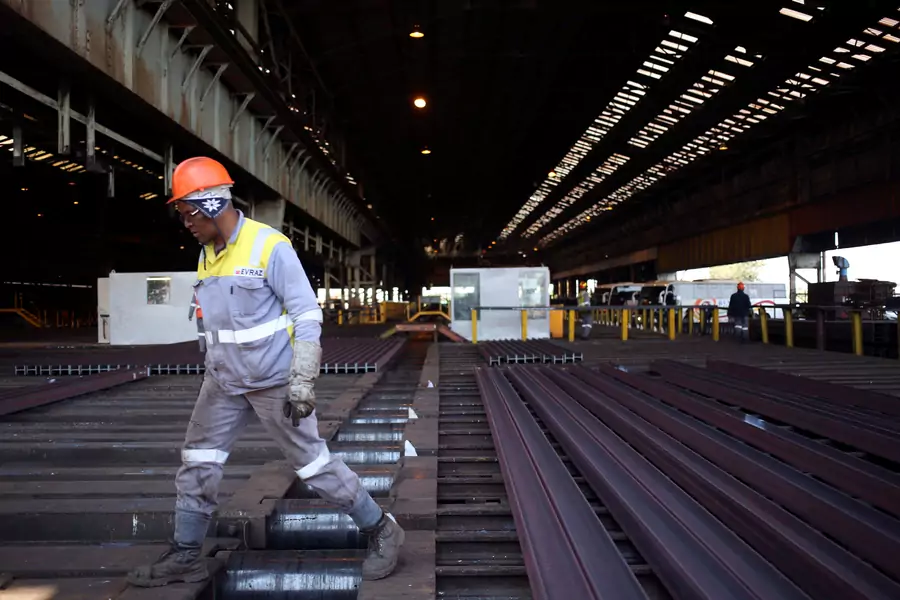African Continental Free Trade Area: A New Horizon For Trade in Africa

Kanzanira Thorington is a research associate with the digital and cyberspace policy program at the Council on Foreign Relations.
On May 30, the African Continental Free Trade Agreement (AfCFTA) officially went into force. The agreement, signed by all but three of Africa’s fifty-five nations, establishes the largest free trade area in the world since the creation of the World Trade Organization in 1995. Once the remaining countries join, AfCFTA will cover more than 1.2 billion people and over $3 trillion in GDP. While AfCFTA promises to unlock Africa’s economic potential, the agreement still faces an uphill battle for implementation.
More on:
The African Union launched AfCFTA negotiations back in 2015 with the hopes of boosting intra-African trade, which falls behind [PDF] trade within other regional blocs. Only 15 percent of African exports go to other African countries, compared to intra-trade levels of 58 percent in Asia and 67 percent in Europe. High tariffs and colonial-era infrastructure make it easier for African countries to export to Europe or the United States than to each other. Furthermore, overlapping membership in Africa’s eight Regional Economic Communities (RECs) hinders trade standardization and enforcement. AfCFTA, which establishes a single continental market for goods and services, seeks to increase intra-African trade by cutting tariffs by 90 percent and harmonizing trading rules at a regional and continental level. If successful, AfCFTA is expected to boost intra-African trade by 52.3 percent by 2022.
The agreement comes at a critical moment for Africa. For centuries Europe, the United States, and more recently China have stripped the continent of its raw materials. Today, more than 75 percent of Africa’s external exports are extractives, namely oil and minerals. Increasingly, African nations hoping to secure sustainable economic growth are shifting away from the volatility associated with extractive exports towards industrialized goods. While overall intra-African trade is miniscule, 42 percent of it consists of industrial goods and this number is expected to grow under AfCFTA. A focus on industrial goods promotes African industrialization and the advancement of its manufacturing sector, providing more employment opportunities for the continent’s booming youth population. Amid growing U.S.-China trade tensions and China’s efforts to decrease its dependency on export markets, some are betting that Africa is a prime successor to become the manufacturing hub of the developing world.
Nevertheless, AfCFTA will face a number of challenges before it can be considered a success. The agreement has been ratified by twenty-two African countries, but implementation will be gradual as countries continue to negotiate tariff schedules, rules of origin, and commitments for service sectors. The agreement’s most obvious shortcoming is the absence of Nigeria, which along with Benin and Eritrea, has not signed up to AfCFTA. Nigeria—Africa’s largest economy and most populous country—pulled out of negotiations due to concerns that AfCFTA membership would harm domestic manufacturers. While Nigerian President Muhammadu Buhari is reconsidering Nigerian membership, Nigeria’s actions reflect larger concerns that protectionism could hinder the effectiveness of AfCFTA. Tariffs are a major source of revenue for African countries and many may be reluctant to forgo such income in favor of the trade agreement, as seen with the varying levels of compliance across RECs.
Despite the remaining hurdles, AfCFTA’s potential impact should not be diminished. With free trade under attack in much of the developed world, Africa is forging a new path for itself to foster sustainable wealth and development for the continent.
More on:
 Online Store
Online Store